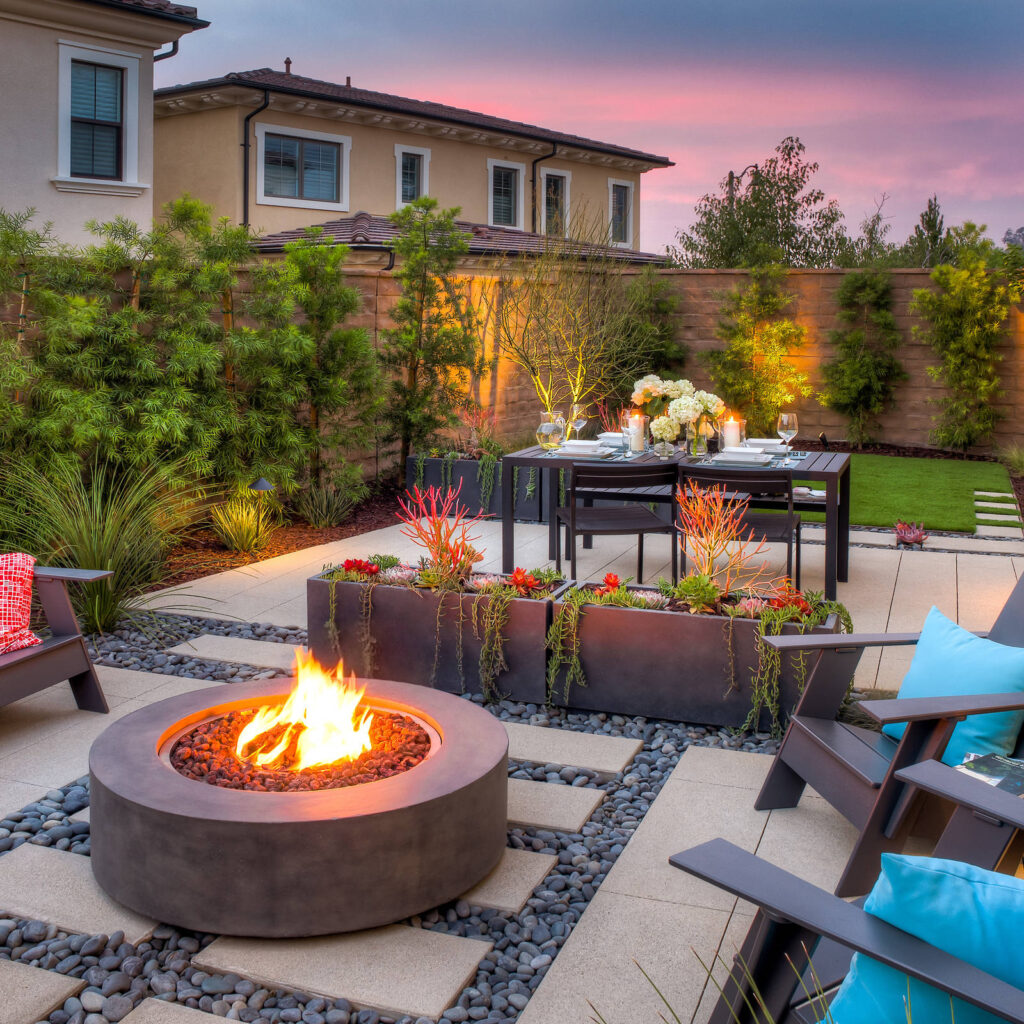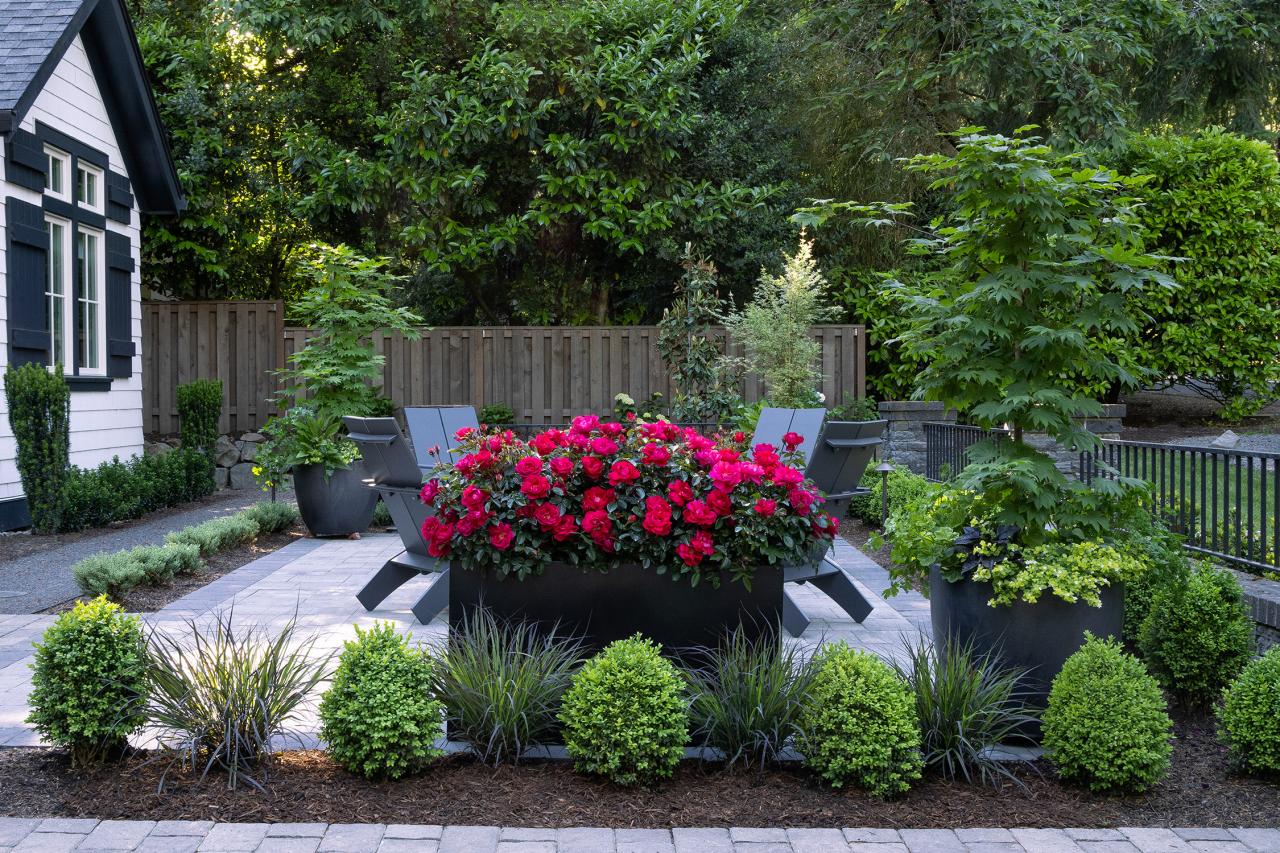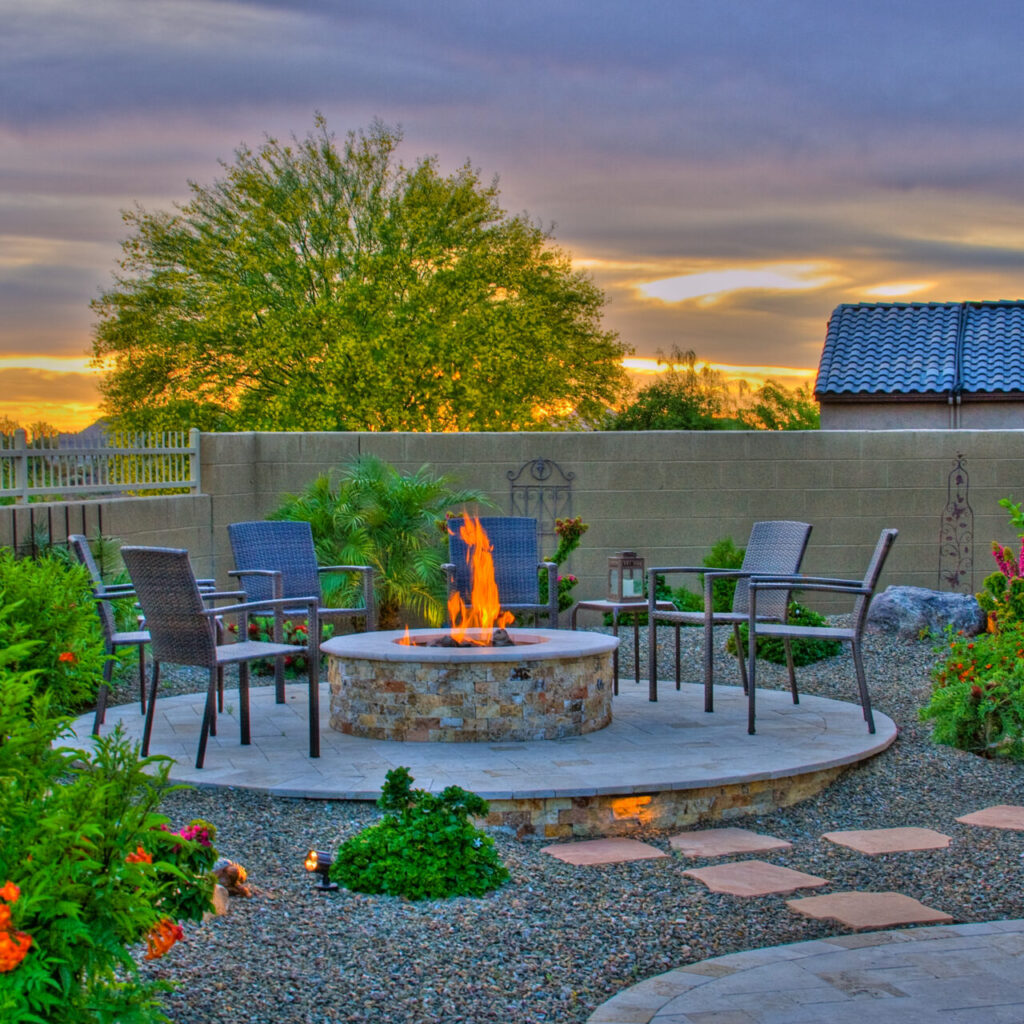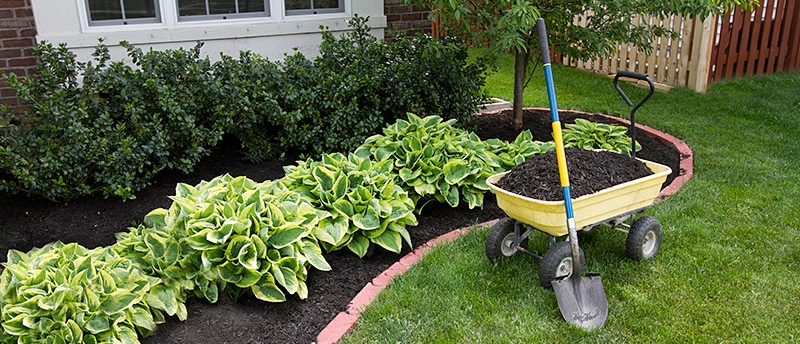Landscaping Ideas
Introduction
Have you ever looked at your backyard and felt something was missing? Or perhaps you’ve dreamed of creating a serene outdoor space where you can unwind after a long day. Landscaping is the key to transforming any outdoor area into a beautiful, functional, and inviting space. Whether you’re starting from scratch or looking to revamp your current landscape, this guide will walk you through everything you need to know about landscaping.
Understanding Landscaping
What is Landscaping?
Landscaping involves modifying the visible features of an area of land to enhance its aesthetic and functional value. This can include planting trees and flowers, building structures, and adding decorative elements. Essentially, it’s about creating an environment that is both pleasing to the eye and suited to your lifestyle.

Benefits of Landscaping
Landscaping offers numerous benefits, including increasing property value, improving curb appeal, providing environmental advantages like reducing soil erosion and improving air quality, and creating outdoor spaces that can be enjoyed for relaxation, entertainment, and recreation.
Planning Your Landscape Design
Assessing Your Space
Before diving into design, take a good look at your available space. Measure the area, note the sunlight patterns, and identify any existing features you want to keep or remove. Understanding your space is the first step toward creating a cohesive design.
Setting Your Goals
What do you want to achieve with your landscape? Are you looking for a tranquil garden, a play area for kids, or an entertainment space for guests? Defining your goals will guide your design choices and ensure your landscape meets your needs.
Budgeting for Your Project
Landscaping can range from a small DIY project to a significant investment. Set your budget in advance to prevent exceeding your spending limits. Consider costs for plants, materials, tools, and, if needed, professional help.
Key Elements of Landscape Design
Hardscape vs. Softscape
Landscaping typically involves both hardscape (non-living elements like paths, walls, and patios) and softscape (living elements like plants, trees, and flowers). Balancing these elements is crucial for a harmonious design.
Focal Points and Balance https://treemastersservices.com/inspiring-landscaping-ideas-for-your-home/
Every good landscape design has focal points, such as a stunning tree, a water feature, or a sculpture. These elements draw the eye and create visual interest. Balance is achieved by distributing these elements evenly across the space.
Color Schemes and Textures
Colors and textures play a significant role in landscape design. Use a mix of vibrant and subtle hues to create depth and interest. Incorporate different textures through varied plant types, paving materials, and garden decor.
Choosing Plants for Your Landscape
Understanding Your Climate Zone
Selecting the right plants starts with knowing your climate zone. Choose plants that thrive in your region’s specific conditions to ensure they grow well and require less maintenance.
Selecting Native Plants
Native plants are a great choice because they are adapted to the local climate and soil conditions, making them easier to care for and more likely to thrive.
Incorporating Seasonal Plants
To keep your landscape looking vibrant year-round, incorporate plants that bloom in different seasons. This ensures you always have something in bloom, adding color and interest throughout the year.
Creating Functional Spaces
Designing Outdoor Living Areas
Think beyond aesthetics and create spaces you can use and enjoy. This could include patios for dining, fire pits for cozy evenings, or hammocks for relaxation.
Building Paths and Walkways
Paths and walkways guide movement through your garden and connect different areas. Use materials like gravel, stone, or pavers to create pathways that complement your design.
Installing Water Features
Water features like fountains, ponds, or small waterfalls can add a soothing element to your landscape. They also attract wildlife, adding another layer of beauty to your space.
Sustainable Landscaping Practices
Water Conservation Techniques
Implementing water conservation techniques is essential for sustainable landscaping. Use drip irrigation, collect rainwater, and choose drought-tolerant plants to reduce water usage.
Using Organic Materials
Opt for organic materials like compost and mulch to enrich the soil and promote healthy plant growth. Steer clear of chemical pesticides and fertilizers, as they can damage the environment.
Attracting Wildlife
Design an environment that draws in birds, butterflies, and various wildlife. Planting native flowers, providing water sources, and avoiding pesticides can help create a thriving ecosystem.
Maintaining Your Landscape
Regular Upkeep and Care
Consistent upkeep is essential for maintaining the pristine appearance of your landscape. This includes watering, weeding, pruning, and mowing. Establish a routine to stay on top of these tasks.
Seasonal Tasks
Different seasons require different care. Get your garden ready for the winter season by applying mulch and safeguarding vulnerable plants. In spring, focus on planting and soil improvement.
Pest and Disease Management
Keep an eye on your plants for any indications of pests or illnesses. Catching and addressing these issues early can help avoid major harm. Use natural remedies or consult a professional if needed.
DIY vs. Hiring Professionals
Pros and Cons of DIY Landscaping
DIY landscaping can be cost-effective and rewarding, allowing you to personalize every aspect. However, it requires time, effort, and some level of expertise.
When to Hire a Professional Landscaper
Consider hiring a professional if your project is large-scale, requires specialized skills, or if you simply don’t have the time. Professionals bring experience and can often deliver more polished results.
Innovative Landscaping Trends
Vertical Gardens
Vertical gardens offer an excellent way to utilize limited space effectively. They involve growing plants on vertical surfaces like walls, which can add greenery without taking up much ground space.

Smart Irrigation Systems
Smart irrigation systems use technology to optimize watering schedules based on weather conditions and soil moisture levels. They can save water and ensure your plants get the right amount of hydration.
Outdoor Lighting Ideas
Outdoor lighting can enhance the beauty of your landscape and extend the usability of your outdoor space. Consider using solar lights, string lights, or LED fixtures to illuminate paths, patios, and garden features.
Landscaping on a Budget
Cost-Effective Design Tips
Creating a stunning landscape doesn’t have to cost a fortune. Focus on simple, impactful changes like painting existing structures, adding mulch, and planting perennials.
Repurposing Materials
Get creative with repurposing materials. Old bricks, stones, and wood can be reused for paths, borders, or garden furniture, adding a unique touch to your landscape.
DIY Projects
Take on DIY projects like building raised beds, creating garden art, or installing a simple water feature. These projects can be fun and cost-effective ways to enhance your garden.
Common Landscaping Mistakes to Avoid
Overplanting
Avoid the temptation to plant too much too quickly. Overplanting can lead to overcrowded spaces and maintenance challenges. Start with a few key plants and build gradually.
Ignoring Soil Health
Robust soil forms the bedrock for a flourishing garden ecosystem. Test your soil, amend it as needed, and use compost to improve its quality.
Poor Planning and Design
Rushing into a landscaping project without proper planning can lead to costly mistakes. Take

